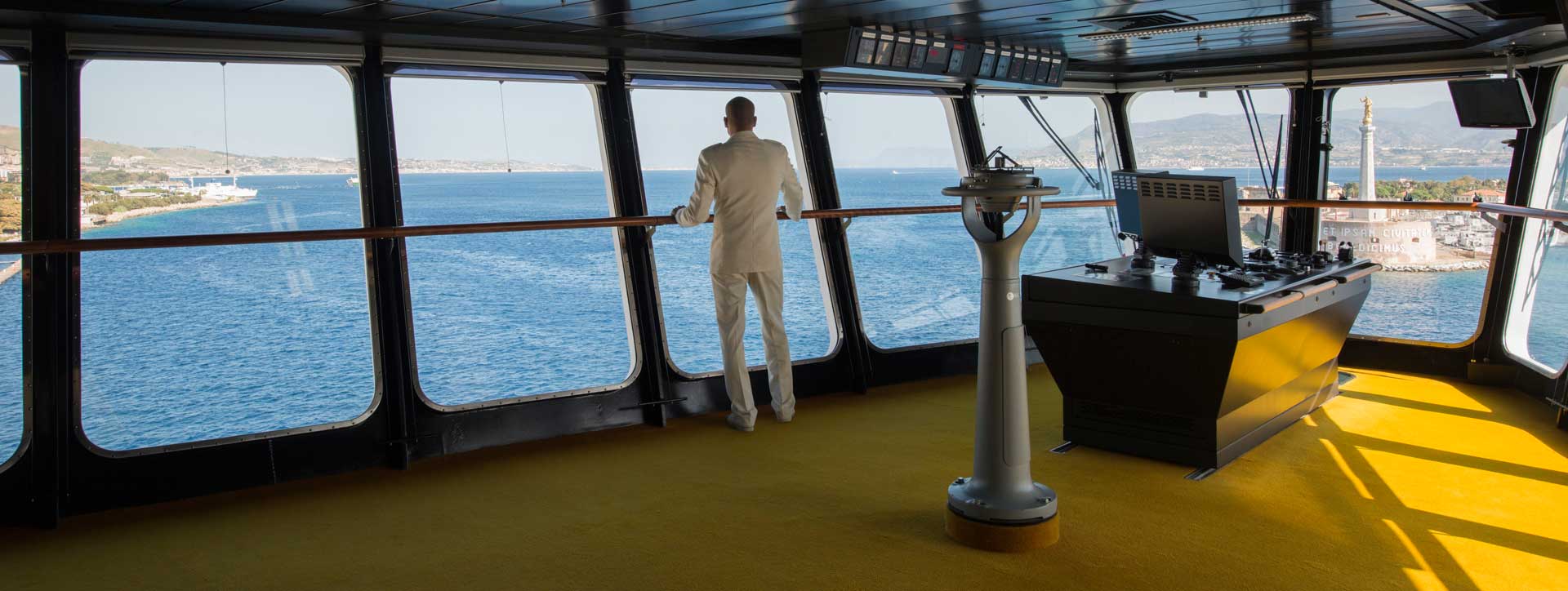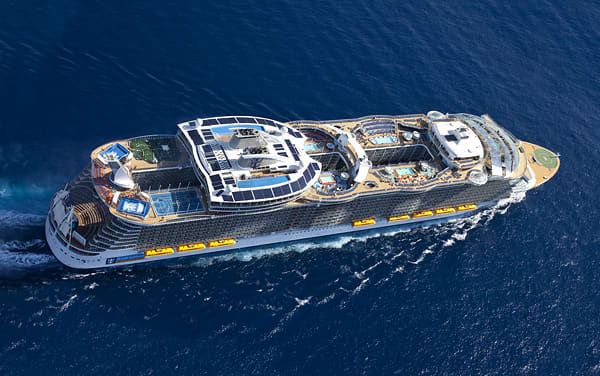
Since ancient times, the Rhone has been an important inland waterway, connecting central and eastern Gaul to the Mediterranean. In the middle ages, the river was used for trade purposes, linking Vienne and Avignon to the Mediterranean. Also, it transported passengers and goods in horse-drawn water coaches and barge. Today, the river flows through France and Switzerland.
Route of the Rhone
The Rhone river is a major waterway. It has been an important transport channel linking northern and southern France for centuries. The Rhone Valley in Switzerland was used to accomplish similar goals, with tunnels built underneath mountain barriers. To make the river more navigable, extensive improvements have been made in recent years. Canals and dams have been able to remove shoals from the river and raised its bed.
The Rhone River Cycle Route begins in central Switzerland's high Alps, and runs west past Lake Geneva. The Rhone River cycle route continues south to reach the Mediterranean, close Marseille. The first 321 kilometers are in Switzerland. These include the Valais, Geneva, Vaud and Geneva. The rest of the route is in France, mostly along the Rhone-Alpes region. It ends at the border with Provence-Alpes -Cote d'Azur and Languedoc Roussillon.
Places to visit along Rhone
Many places are available to explore the rich cultural and historical history of the Rhone river area. Pont Saint-Esprit: This picturesque bridge crosses the river with 26 arches is one the oldest. It was constructed between 1265 to 1309 and is among the oldest structures on the river. It connects Languedoc and Provence.

Another town to visit is Valence, a riverfront city that pays homage to its Gallo-Roman heritage with its medieval walls and medieval castle. Theatre Romain is also located here, where you can see summer productions. You can also visit the Valence Museum which has art from the 16th century up to the present. Parc Jouvet is a picturesque park that runs along the riverfront. It's known for its beautiful scenery and historic buildings.
Economy of the Rhone Basin
Over the centuries, the Rhone river has been used as a river transport route. However, the management of the river has evolved to include other uses such as energy production. From 1948 to 1986, CNR set up 19 multipurpose plants with a total installed capacity of 3000 MW. With climate change, the river's flow amplitude is expected to decrease by 50 to 75% during periods of low water.
The Rhone basin is a complex system of natural and socio-economic components. The changing riverscape is evidence of this interplay. The basin's hydrological regimes have been significantly altered by climate change. The policy environment is changing, which puts pressure on water use. Also, energy policies are shifting towards renewable sources of production.
Locks on Rhone
The Rhone River was once a dangerous and unpredictable river. However locks have allowed it to be managed for many centuries. These locks kept flooding at bay, generated hydroelectric power and enabled people and goods to travel all year along the river. The river's current travels at speeds up to 10km/h. While the first locks on the Rhone were constructed in China, it was not until the fourteenth century that they were used in Europe. Leonardo da Vinci is known for inventing the idea of a locked room with two pairs gate. His design of canal locks is one of his greatest accomplishments.
River cruising wouldn't be possible without locks. The locks make it impossible to cruise the rivers at depths that are too high to pass through bridges and too low to flotilla. Locks are therefore essential for river cruising.

Landscapes along Rhone
The landscape along the Rhone river banks is a stunning sight. The banks of river are covered by trees which attract wildlife and honey bees. Many flowers and grasses can be found alongside these trees. You can also see the river's natural geometrical patterns in the landscape. The river is an amazing sight. Boaters can also spend time exploring the valley below.
The Rhone flows from the mountains to the plain. It is very narrow at the beginning but opens up at the bottom where it widens. At Lyon's confluence the Rhone merges with the Saone. The Rhone then flows into Lake Geneva where it forms an expanding delta.
FAQ
Can you take a cruise without a passport?
You need a passport to travel the world. You can visit any country you want without needing to obtain a visa.
You might not be allowed into certain countries if you don't have a passport. It also lets you stay longer when traveling abroad.
Which place should I take on my cruise vacation?
If you are interested in visiting different ports of call, you should consider where you want to visit. These details can also be used to help you narrow down your search. For instance, if you love history, you might want a cruise that visits places such as Alaska, Bermuda, Canada, England, France, Greece, Italy, Mexico, Spain, Turkey, etc. A cruise that includes places such as Jamaica and Tahiti can be a good choice if you're more into water sports and beaches.
How much does a cruise vacation run?
Cruise vacations cost $1,000 per person plus tax and fees. For a family with four people, the average cost is $4,200. This includes all meals.
How can I choose the best cruise line?
It is simple to choose the right cruise line. First, determine the type of cruise line you wish to take. Do you prefer a smaller cruise with fewer passengers or one with more? Also, think about how much money it is worth. You might be interested in cruises that include all-inclusive options if you are looking for something cheaper. You won't have to worry about extra costs for entertainment, food, and drinks. Make sure you have good family programs in place if your family is planning a cruise.
Do I need to dress up for a cruise?
You don't have to dress up or wear anything extravagant. Relax and be comfortable.
Statistics
- You'll need to budget around $80 per person per day for this option – and an additional 18% gratuity. (travel.usnews.com)
- You can save 15% off the total price if you book in advance of your trip. (travel.usnews.com)
- *20% Gratuities Apply on Free Unlimited Open Bar; Free Specialty Dining. (ncl.com)
- The line estimates savings of 50% when you purchase this bundle. (travel.usnews.com)
External Links
How To
How to be safe on a cruise ship
There are many things to be aware of before you board a cruise ship. It is essential that you know how to behave while onboard a cruise ship so you don’t get into trouble. These safety tips will ensure that you have a safe trip.
-
Be mindful of where you are at all times. People are more likely to be together when they're eating on a cruise ship than anywhere else. It's easy to become distracted from your duties because you're surrounded by people who want to chat and eat. Don't let this distract you from what you're supposed to do. If you notice someone engaging in dangerous behavior, such as smoking, or drinking alcohol, politely tell them to stop.
-
Keep your room keys close to your body when you board a ship. When you get onboard, hand your key over to the person checking you in. This way, they'll know where to find you if anything happens to you. Make sure you have your passport handy too.
-
Keep valuables out-of-reach Many cabins have drawers underneath the bed. It's a great spot to store money, passports, and credit cards. Keep your valuables out of sight. Place your bags in the closet.
-
Keep hydrated. It can be hard to remember that cruise ships provide ample water. Take advantage of the free bottled water available throughout the ship. Keep yourself hydrated. Dehydration can cause fatigue and make it difficult to concentrate, leading to arguments or even accidents.
-
Be attentive to all announcements. Announcements are posted everywhere, including on TV screens and public address systems. These announcements include safety procedures, emergency exits and weather reports. These announcements should be heeded. They could save your life.
-
You should lock your door before you leave your cabin. No matter how helpful a crew member appears, you should never leave your cabin unlocked. Thieves often break in through unlocked doors. Ask a crew member first if you need to use the bathroom.
-
Do not go overboard by yourself. It may take time for the crew of the ship to rescue you if you fall overboard. Your body could be attracted by sharks or other sea animals. You should wait until help arrives.
-
It is forbidden to smoke in the elevator. These elevators have high pressure, so smoke can build-up quickly. If you feel dizzy and lightheaded, it is best to get out immediately. The fresh air outside doesn't necessarily mean you can breathe easily.
-
Be familiar with the evacuation procedures. Every year, thousands are killed in elevator accidents. Follow the instructions on screen if you are in an emergency.
-
You should be familiar with fire drills. Fire drills happen regularly, usually once per day. Everyone on deck must evacuate during a drill. Follow the instructions of the crew members. After the drill is completed, return to your cabin and lock it.
-
Ask questions before accepting food or drinks. Food poisoning is a common problem among cruisers. People don't know that certain foods are not safe to be eaten while aboard a ship. Many cruise ships ban raw oysters. If you're unsure whether or not the food you've been offered is safe, politely refuse and look for another meal instead.
-
Take care when you use the pool. There have been numerous instances of people accidentally falling into the pools. You should not fall into the pools unless someone spots you. It is also possible to slip on the ground. You should always wear good footwear and be aware of your surroundings.